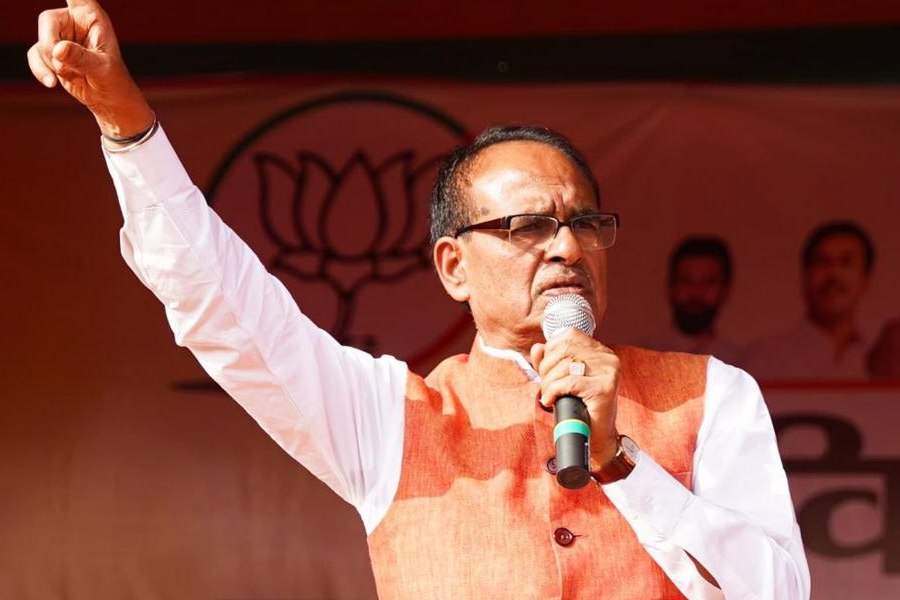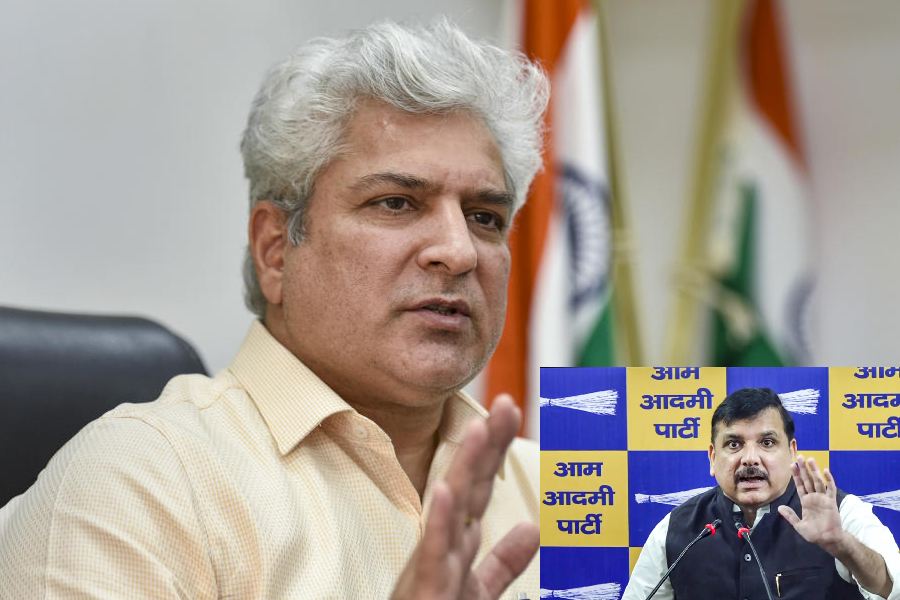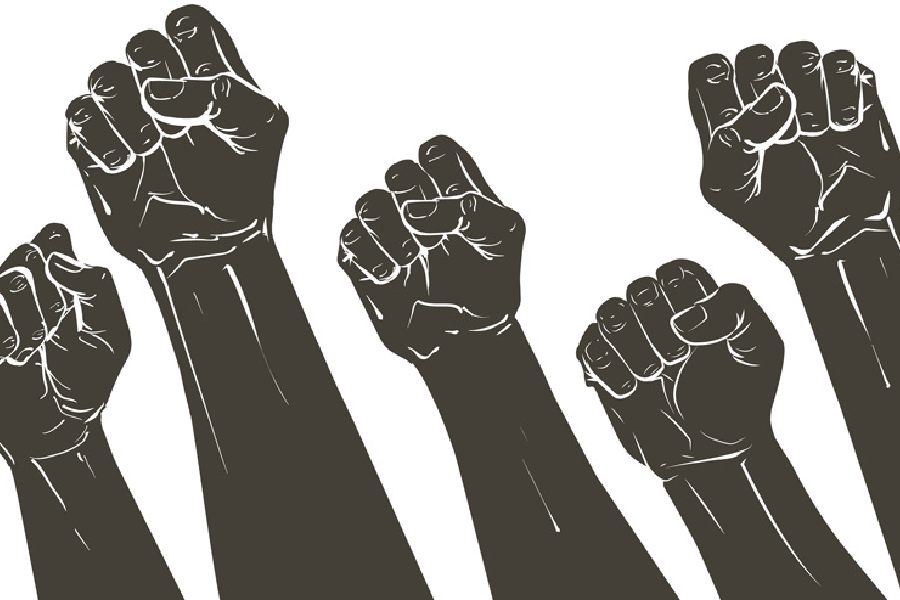The coronavirus is proving to be disturbingly resilient. The lockdown — it has received its second extension and will now last till May 17 — has been equally enduring. The Centre has permitted full or partial renewal of some activity and businesses after dividing the nation into three zones on the basis of the severity of the contagion. This is understandable and welcome. The lockdown may not have flattened the Covid-19 curve, but it has certainly flattened India’s growth curve. Some estimates have pegged India’s economic losses during the first phase of the lockdown at Rs 7-8 lakh crore. The absence of a comprehensive fiscal stimulus or a bungled exit strategy could make matters worse.
Even as parts of the country — the districts that are in the green zone — limp back to normalcy, it would be instructive to flag some questions regarding the efficacy of the lockdown as a deterrent against an epidemic. The Narendra Modi government has repeatedly claimed that the lockdown has saved great many lives. Indeed, thus far, India’s Covid-19 burden has been lighter than those of the United States of America, the United Kingdom and Italy. But the lockdown has also taught India some bitter lessons. Its sudden imposition has caused unimaginable sufferings to vulnerable constituencies — migrant labour, daily wage-earners, the poor and destitute — leading to the denial of such basic rights as wholesome food, a safe shelter and movement. Their suffering only goes to show that the lockdown was a hasty response from a nervous government that had underestimated the scale of the crisis. Worse, the potential gains from the lockdown — greater testing and contact tracing, hospital preparedness, the stockpiling of food and essential supplies — have not been fully realized. The number of cases have surged, from around 500 before India was locked up to over 42,000 in spite of the lockdown being extended. This proves that the efficacy of the lockdown is enhanced only when it is complemented by such key interventions as better planning, surveillance, capacity-building and far greater investments in healthcare. Kerala, which has ticked most of these boxes, has managed the pandemic better. There is then a case for the Centre to emulate the Kerala Model to fight contagions in the future.











